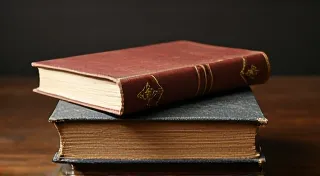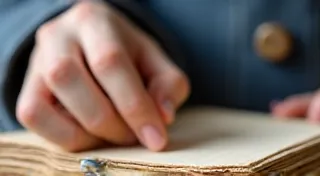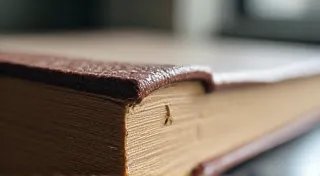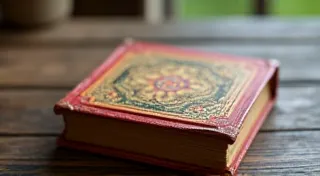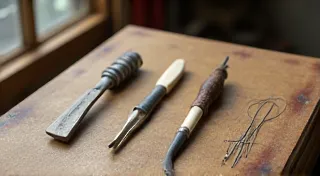From Scrap Paper to Beautiful Books: Upcycling Bookbinding Projects
Do you have a pile of scrap paper, old envelopes, or even damaged wrapping paper lying around? Don't throw them away! With a little creativity and some basic bookbinding skills, you can transform these materials into stunning, one-of-a-kind handmade books. This guide explores the wonderful world of upcycled bookbinding, offering ideas and techniques to breathe new life into discarded resources.
Why Upcycled Bookbinding?
Upcycling isn't just a trend; it's a sustainable practice that benefits both you and the environment. By repurposing materials, you’re reducing waste, conserving resources, and creating something beautiful and functional. Plus, using recycled materials often adds a unique character and charm to your handmade books that you just can’t achieve with brand new paper.
Gathering Your Materials
The beauty of upcycled bookbinding is its flexibility. Here's a list of materials you can use:
- Scrap Paper: Cardboard, newspaper, magazine pages, sheet music, maps – anything with a printed surface can be used.
- Envelopes: Old letters and packages are a goldmine for interesting paper textures and colors.
- Wrapping Paper: That leftover wrapping paper from last year’s gifts can become the cover of a special journal.
- Fabric Scraps: Use fabric for cover decoration or even create fabric-covered books.
- Old Book Covers: Discarded books can provide sturdy covers for your upcycled creations.
- Damaged Books: Pages from damaged books can be incorporated into new creations – think of layered textures and collages.
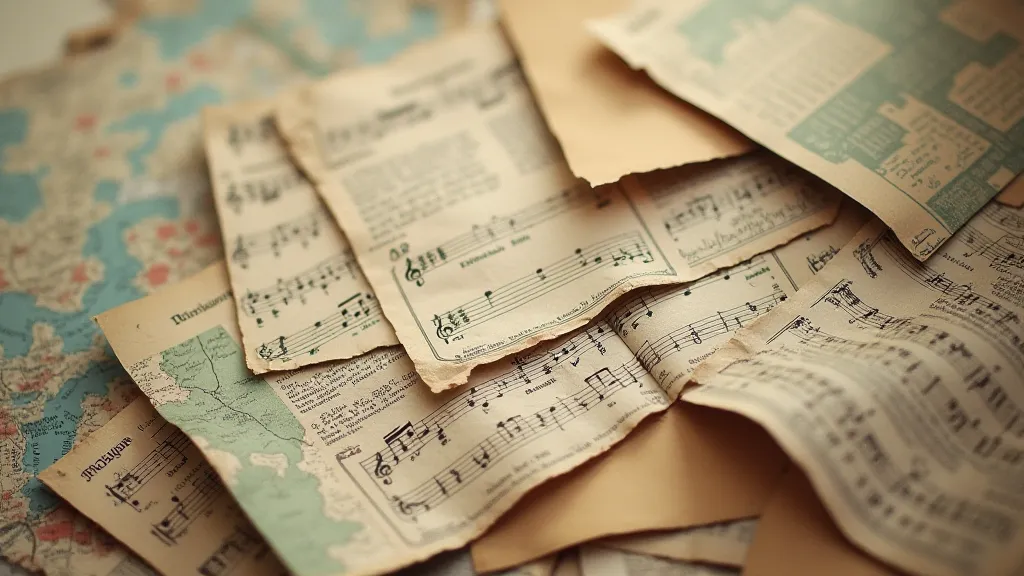
Basic Binding Techniques for Upcycled Books
While there are many complex bookbinding techniques, some simple methods work particularly well with upcycled materials:
- Simple Stitch Binding: This is a great starting point for beginners. It involves stitching the pages together through pre-punched holes along the spine. The imperfections in the paper add character.
- Japanese Binding (Hosho-Nikabi): This technique uses a series of holes and unique stitching patterns to create a beautiful, exposed spine. It's especially stunning with patterned paper.
- Pamphlet Stitch: Ideal for shorter projects or zines, pamphlet stitch involves folding the pages in half and stitching them along the spine.
- Coptic Binding: Offers a more decorative spine that allows the book to lay flat. It’s a little more challenging but yields impressive results.
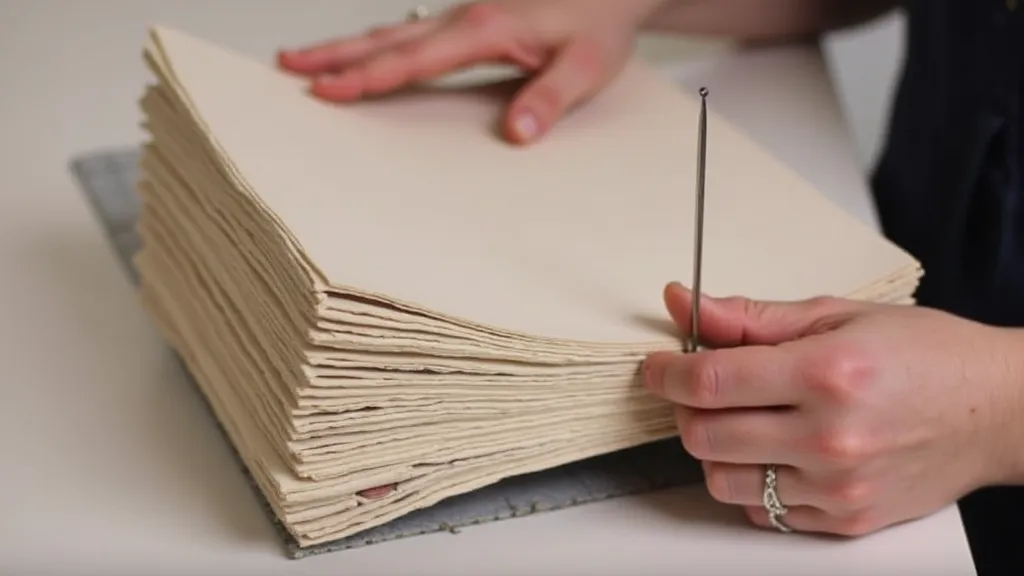
Project Ideas to Get You Started
- Memory Journal: Collect ticket stubs, photos, and small mementos to create a personalized travel journal using recycled paper.
- Nature Scrapbook: Press leaves and flowers between the pages of a handmade book created from newspaper or sheet music.
- Recipe Book: Preserve family recipes on recycled paper, adding a touch of nostalgia and sustainability.
- Artist’s Sketchbook: Use recycled paper for quick sketches and watercolor studies – the varied textures will add a unique quality to your artwork.
- Gift Book: Create a personalized handmade book filled with poems, stories, or illustrations as a heartfelt gift.
Tips for Working with Upcycled Materials
- Paper Thickness: Be mindful of the paper thickness when choosing a binding technique. Thicker paper may require stronger thread and larger stitch holes.
- Paper Condition: Embrace the imperfections! Tears, stains, and folds can add to the character of your book.
- Experiment with Color and Texture: Combine different types of paper to create a visually interesting book.
- Plan Your Design: Consider the overall look and feel you want to achieve before you start binding.
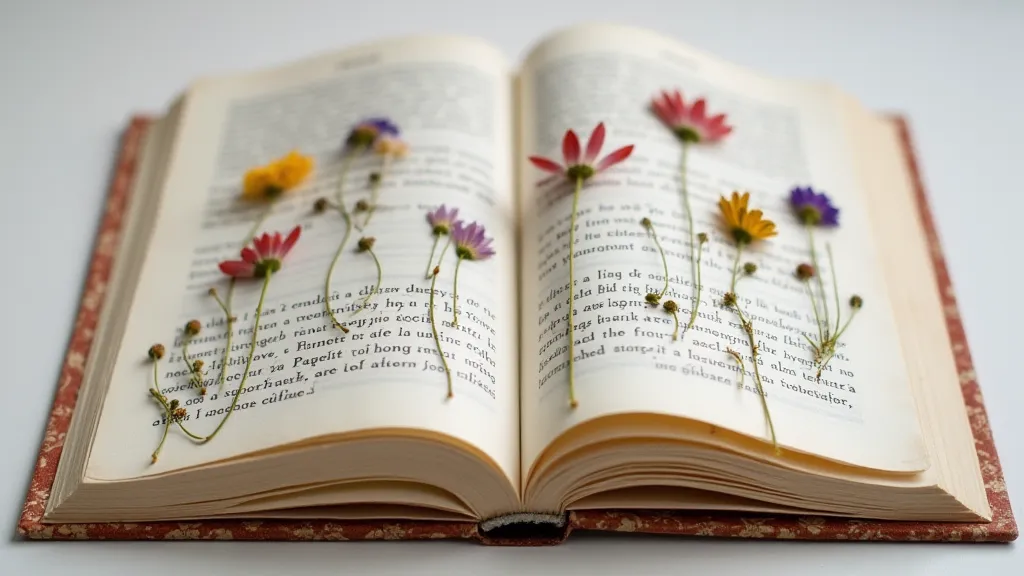
Conclusion
Upcycled bookbinding is a rewarding and environmentally friendly craft. By giving discarded materials a new purpose, you can create beautiful, unique handmade books that tell a story – both about their origins and your creativity.
